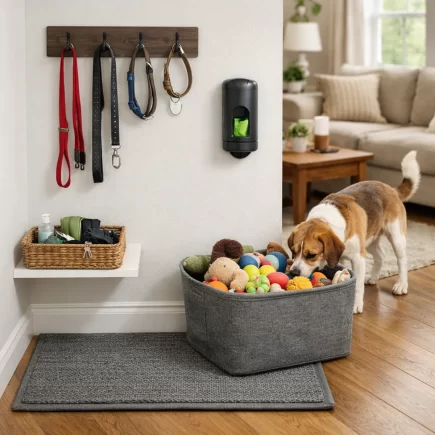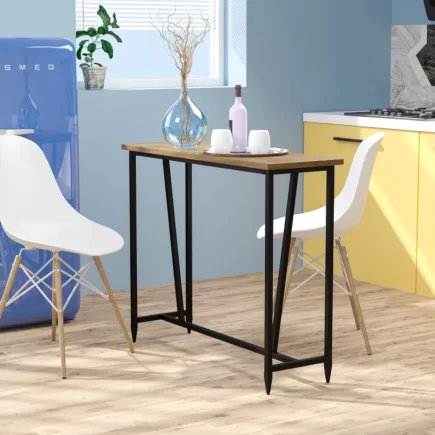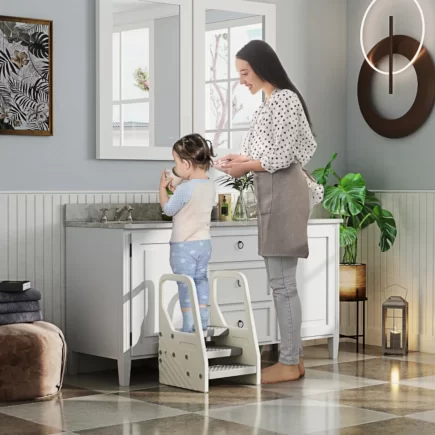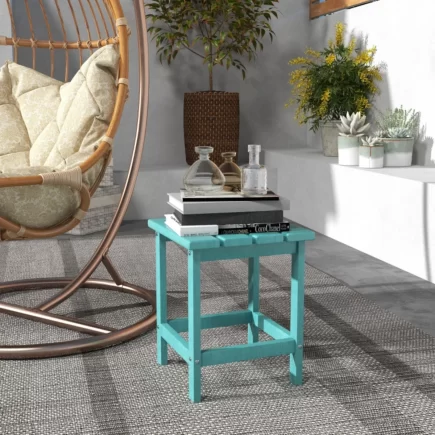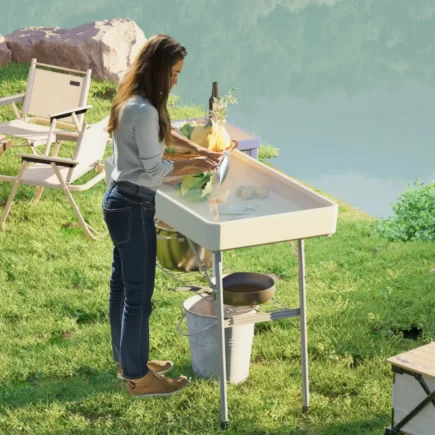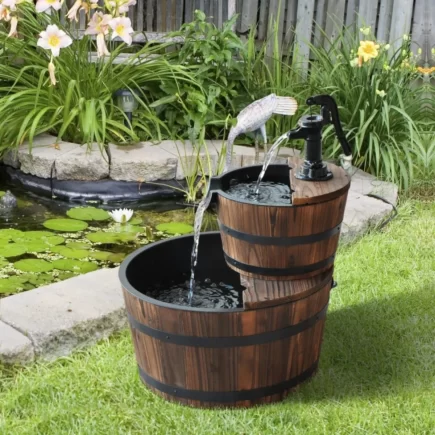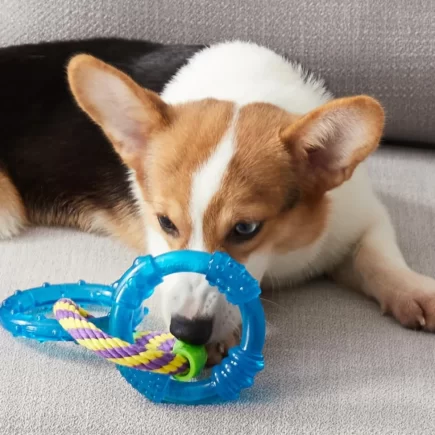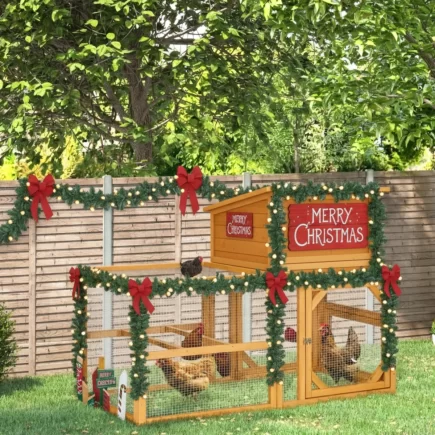
Bird baths are more than just decorative garden features, they are vital for creating a bird-friendly haven. These simple structures provide birds with water to drink, bathe, and cool off during hot days. But to keep them safe and inviting, cleanliness is key. Without regular maintenance, bird baths can harbor harmful bacteria, attract pests, or accumulate algae. So, what’s the best way to keep it clean and inviting?
Step-by-Step: How to Clean a Bird Bath Properly
A clean bird bath doesn’t require harsh chemicals, just a few simple tools and eco-friendly ingredients.
Materials You’ll Need

| Item | Purpose |
| Rubber gloves | For hygienic handling |
| Scrub brush (non-metal) | To clean the basin |
| Garden hose | To rinse and refill |
| White vinegar | Natural, bird-safe disinfectant |
| Water bucket | To mix solutions |
| Baking soda (optional) | For scrubbing tough stains |
Step 1: Drain the Old Water
Start by emptying the bird bath of any stagnant water. Remove any leaves, twigs, feathers, or bird droppings that have been collected. If your bird bath is large, use a bucket or a siphon to drain it completely.
Why it matters: Old, dirty water is a breeding ground for diseases and pests.
Step 2: Scrub the Basin

Mix a solution of nine parts water to one part white vinegar in a bucket. Dip your scrub brush into the solution and gently scrub all surfaces of the bird bath basin, removing dirt and algae. For stubborn stains, sprinkle baking soda onto the surface and scrub with water. Avoid using harsh chemicals like bleach, as they may be harmful to birds.
Pro Tip: Avoid bleach or commercial cleaners, as they can linger and harm birds’ feathers or health.
Step 3: Rinse Thoroughly

Use a hose or a bucket of clean water to rinse the bird bath. Make sure no vinegar or residue remains. A double rinse is recommended for stone or porous materials.
Step 4: Dry in the Sun
Let the bird bath dry naturally in direct sunlight. The UV rays act as a natural disinfectant, offering an extra layer of cleanliness.
Step 5: Refill with Fresh Water
Refill the basin with clean water no deeper than 2 inches. Birds prefer shallow water where they can comfortably stand and splash.
How to Prevent Algae and Other Build-Up

While cleaning is essential, there are ways to reduce the frequency of deep cleanings and maintain fresh, clean water between sessions.
Location Tips
Shade Placement: Position the bird bath in partial shade to slow down algae growth. Avoid placing it directly under trees, as falling leaves and debris will increase maintenance.
Routine Care
- Check Often: Remove debris such as leaves, feathers, and twigs daily, especially after windy or stormy weather. This prevents contaminants from accumulating.
- Use Copper Pennies: Place a few pre-1982 copper pennies around the basin. Copper is naturally biostatic, slowing down the growth of algae.
Keep Water Shallow
Deeper water takes longer to heat up or circulate, which encourages algae growth. Stick to 1–2 inches.
Water Features
Adding a small solar-powered fountain or water agitator can prevent stagnant water and deter algae and mosquito breeding. Moving water is also more enticing for birds, increasing activity in your bird bath.
By adopting prevention strategies, you’ll save time while keeping the bird bath safe and inviting.
Winter Garden Bird Bath Cleaning

Not all bird baths are created equal. Different materials require different care, and changing seasons present their unique challenges.
Winter Care Tips
During winter, it’s important to take special care of your bird bath to prevent damage and keep it usable for birds.
- One effective method is to use a bird bath heater, which keeps the water from freezing even in low temperatures. If the bird bath is made of lightweight materials, such as resin or plastic, consider bringing it indoors during the coldest months to prevent cracking from freeze-thaw cycles.
- Never pour hot water into a frozen bird bath, as the sudden temperature change can cause the basin to crack.
Different Material Garden Bird Bath Cleaning

| Material | Cleaning Caution |
| Stone | Use soft brushes; rinse thoroughly |
| Concrete | Avoid metal brushes that can cause erosion |
| Ceramic | Gentle scrub only; avoid freezing temps |
| Plastic | Easy to clean but may scratch, avoid abrasives |
| Resin | Lightweight and easy to maintain with a vinegar scrub |
Turn Your Garden into a Bird-Friendly Oasis
Learning how to clean a bird bath isn’t just about curb appeal; it’s about creating a safe, welcoming spot for wild birds. A dirty bird bath does more harm than good, but with just a few minutes of upkeep every few days, you can offer your backyard visitors a reliable source of clean water year-round.
By implementing best practices, such as using natural cleaners, changing the water regularly, and selecting the optimal placement, you can extend the life of your bird bath and increase bird activity in your garden. Explore Aosom’s Bird Bath for beautiful, functional pieces that birds and homeowners will both love.
FAQs
1. How often should I change my bird bath water?
You should change your bird bath water every day to keep it fresh and healthy for birds. Stagnant water can attract mosquitoes, grow algae, and spread disease. Regular cleaning ensures a safe and inviting spot for your feathered visitors.
2. What materials are best for bird baths?
Durable, bird-safe materials like concrete, resin, reinforced plastic, or copper are ideal. Ensure the surface is non-slip, the depth is 1–2 inches, and the material is easy to clean. Avoid untempered glass or porous materials prone to cracking in freezing temperatures.
3. How can I keep the bird bath water cool?
Place the bird bath in shade, refill with cool water frequently, and add ice cubes on hot days. Shading minimizes sunlight exposure, while ice provides temporary cooling. Regular cleaning prevents algae, keeping the water fresh and safe for birds.


